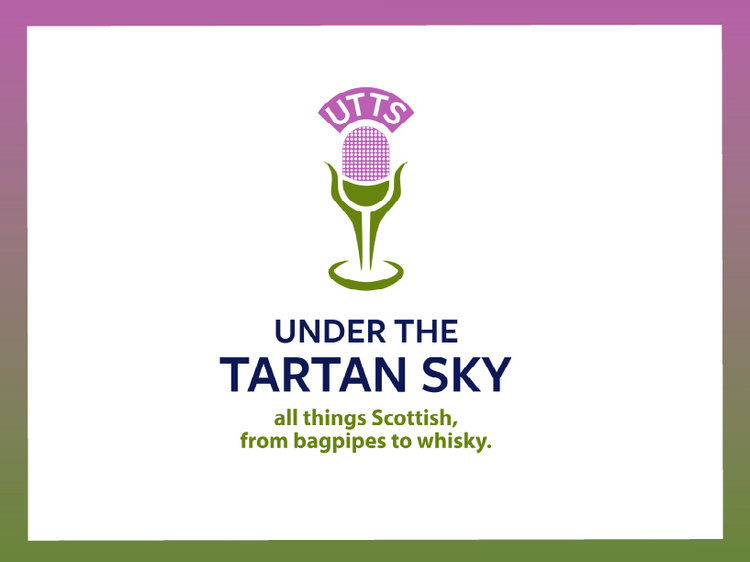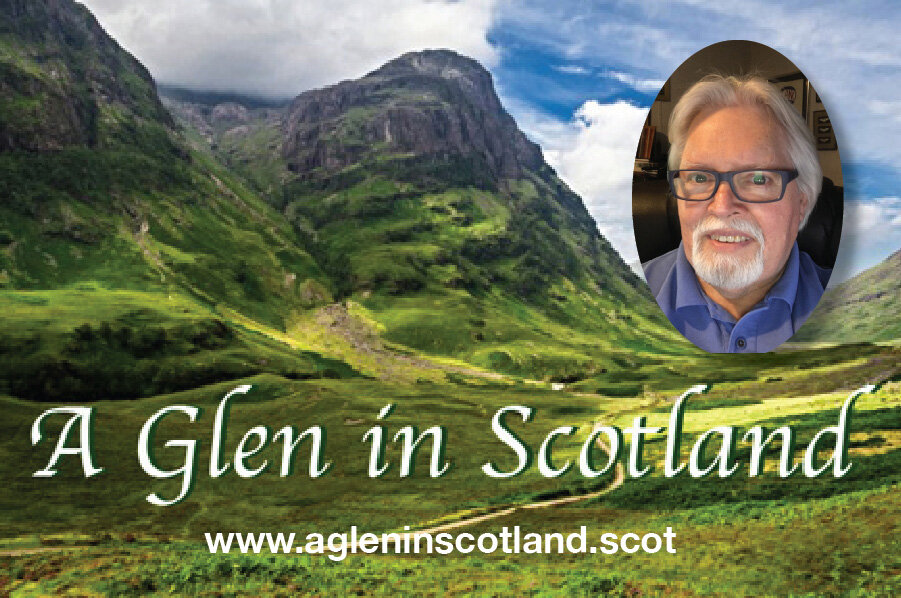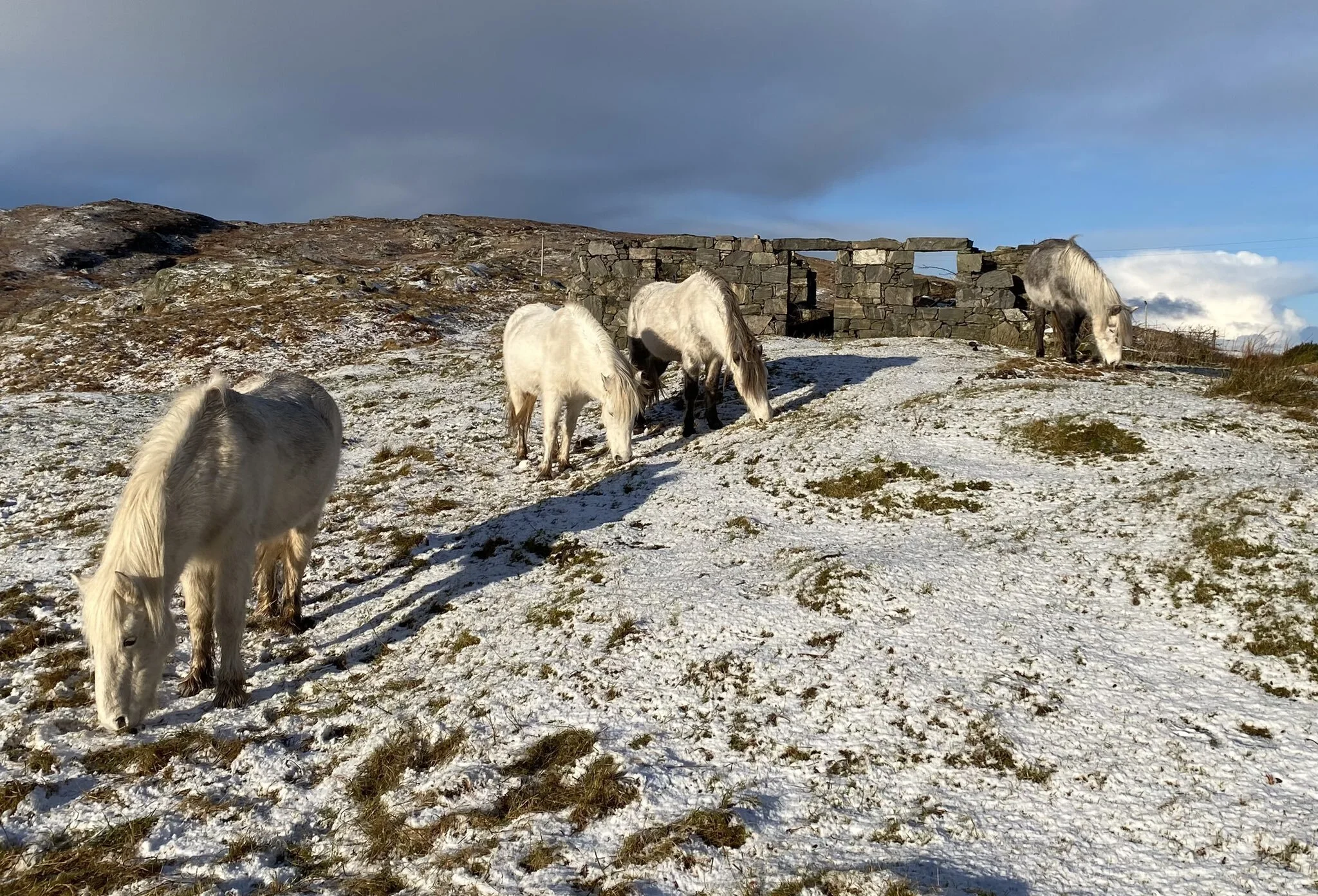Scotland has a long and noble history with the horse. Whether working on a croft or charging into battle, horses have been present in Scotland since at least the 8th century. Indeed Horses and ponies were used by the ancient Picts and their carved stones dating from 550-800AD often depict these noble creatures and closely resemble the breed known today as the Eriskay pony.
When it comes to the horse Scotland’s history is rich and varied. There are the miniscule and beloved Shetland ponies, the hearty and still hard working crofter favorite, the Highland pony, and of course those behemoths most of the world know more for their beer marketing than Scottish heritage, the Clydesdales. And let’s not forget Scotland is home to the largest equine sculpture in the world – Andy Scot’s Kelpies – a tribute to the mythical shape shifting water horse of Scottish folklore.
Andy Scott’s sculpture, The Kelpies, is the world’s largest equine sculpture. It opened to the public in 2014. Photo courtesy Andy Scott.
Eriskay is one of the islands that makes up the Outer Hebrides on the west coast of Scotland. It’s here, and on the Isle of Uist, that you can see the last remaining examples of the original native ponies of the Western isles of Scotland – known today as the Eriskay Pony.
The Eriskay Pony once flourished throughout the western isles but today is found chiefly in the Isles of Eriskay and Uist with a small colony of wild ponies living on the Holy Isle.
The Eriskay pony is as old as Scotland itself and are believed to have originated from Celtic and Norse stock. They were originally known as Western Isles ponies and were found across the Hebrides where they were used by crofters for tasks like carrying home peat and seaweed and for light draught work like plowing. With the advent of the Industrial Revolution and the widespread mechanization it ushered in, the once remote islands became more accessible – people moved away to the Scottish and UK mainlands and elsewhere so population levels dropped, both human and horse to a point where in the late 1960 the only ponies left were on the isles of Eriskay and Uist. It was then that Comann Each Nan Eilean – The Eriskay Pony Society was formed and a conservation breeding effort launched with the then last known living stallion. Still, today, the Eriskay pony is listed as critically endangered with population estimates ranging from a few hundred to a few dozen.
Foals are born black but grey with age.
To be clear there are two Eriskay Pony Societies – the original one founded in 1972 and centered on the Isles of Eriskay and Uist and a second, founded in the 1980s by a breakaway group of primarily mainland horse owners. Both want to conserve the breed though not always agreeing to pursue the same path. The two groups also define the breed differently with the Comann Each Nan Eilean insisting on a 100% bloodline to be counted as an Eriskay pony. The other society sometimes accepting far less.
It is possible the Eriskay pony is the last survivng Hebridean pony breed. While its numbers are few, perhaps less than 100 pure bred ponies, three new foals were born this year. Along with a breeding program, the Comann Each nan Eilean has plans to open a visitor center on Eriskay to increase the tourism attraction of the ponies while also hoping to re-establish a traditional festival that saw pony races on the beaches of Eriskay. For more about the ponies, please visit the society website, the link is below.
Note: all photos here are used with permission of the Society.
KEY POINTS
•05:35 Current status of the Eriskay pony population
*08:05 Characteristics of the breed
•12:55 Did the Industrial Revolution bring on the demise of the pony?
•17:15 Which came first, the Eriskay or Highland pony?
•22:40 Where are Eriskay ponies found around the world?
•25:15 Eriskay ponies are not wild horses.
•29:10 Did Ersikay ponies feature in the true life events retold in “Whisky Galore”?
*33:00 What’s being done to save the Eriskay pony?
•36:30 Why is it important to save the Eriskay pony?
FOR MORE INFORMATION
•Comann Each Nan Eilean - The Eriskay Pony Society (website)
•Comann Each Nan Eilean (Facebook)
•Comann Each Nan Eilean (Twitter)
•Forgotten Horses - The Eriskay Pony (photo essay by photographer Cecile Zahorka)







